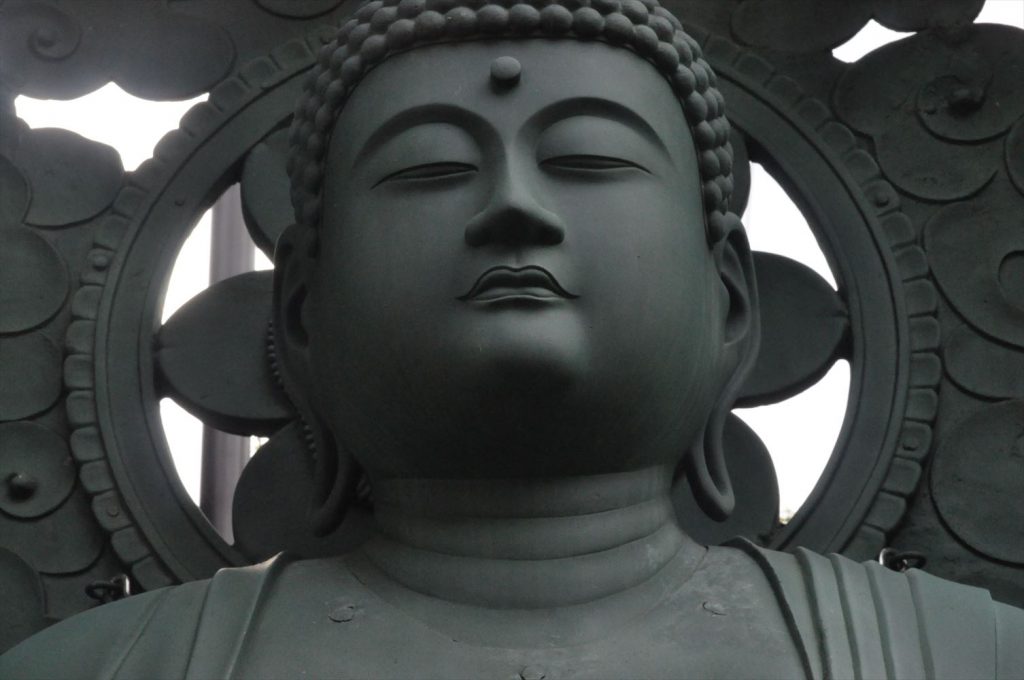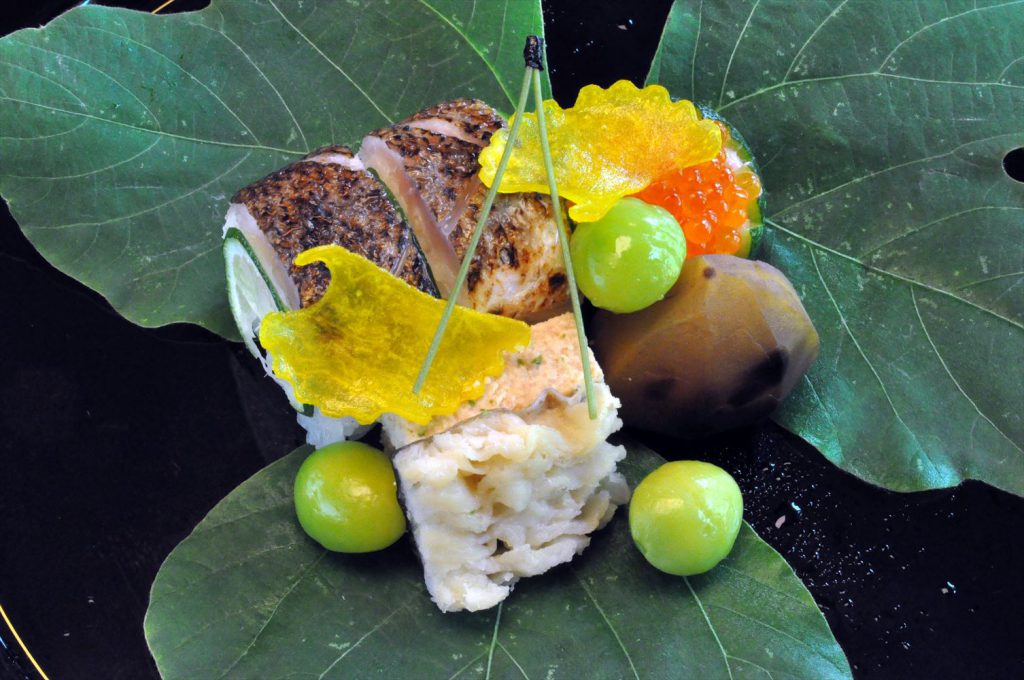October 12, 2016
John Ashburne, Food Writer for Louis Vuitton City Guide Kyoto introduces the wonderful food culture of Japan’s ancient Imperial capital
It was born, wrote the old Poets, as the city of celestial spirits, where temples outnumbered even the Gods, and the very water that sprang from the earth was purer than the dew on the lotus leaves of the gardens of Nirvana. Its fame ‘spread to the four known corners of the terrestrial earth’.
Alas somewhere, something got lost in translation. Although fifty million domestic tourists visit Kyoto annually to marvel at its seventeen World Heritage sites, its temples and shrines, its stone gardens, and its impossibly elegant ryotei restaurants, internationally it has rarely gleaned significant mention.

Most heinously, the great star in Kyoto’s cultural crown, its massively sophisticated and alluring food culture, has, until recently, passed beneath the international global tourist radar completely.
The city’s signature cuisine is Kyo-Ryori, a catch-all term that encompasses the sophisticated multi-course kaiseki and chakaiseki feasts associated with the tea-ceremony, and the nuanced vegetarian fare that constitutes the Buddhist, and in particular, Zen culinary arts.
Directly translated Kyo-Ryori simply means ‘Kyoto food’, yet the phrase is synonymous with the ultimate in quality, service, refinement, omotenashi hospitality, and luxuriant style. It emerged from a unique combination of factors historical, artistic and geographic.
An abundance of natural spring water and fertile soil provided the essentials. However the city’s remove from the ocean posed, in the centuries before refrigeration, a serious logistical problem for the non-meat eating Buddhist enclave.
Raw materials were thin on the ground, and the hot humid summers made matters worse. Kyoto chefs had to develop new ways of salting, preserving and pickling fish, and using soy beans and locally-grown vegetables Kyo-yasai to satisfy the dietary demands of the ubiquitous priesthood. Thus from its very outset, Kyo-ryori has been associated with innovation.

When, in 794, the capital moved to Kyoto, the city’s kitchens and markets had to fulfill the needs of an even more important customer, Tenno, the Emperor, and the hugely powerful imperial court. Despite the paucity of raw materials, chefs had to produce new and ever-more entertaining cuisine. As master-chef Toshio Murata of Kikunoi Honten explains, “It was a difficult and dangerous business. If a cook’s dishes displeased the imperial retinue, it was ‘Off with his head!”
The threat of imminent decapitation proved an effective spur to culinary creativity, but it was a gentler, more benign influence that was to move Kyo-ryori to even more exalted heights. The newly emerged aristocratic art of sado the tea ceremony, demanded a culinary accompaniment that incorporated wabi-sabi aesthetics of beauty in impermanence. Thus was born chakaiseki, the beautifully-crafted antecedent of all formal Kyo-Ryori.
Centuries later Kyoto and its cuisine have finally arrived on the international stage. In 2010 the modern sages of the Michelin guides awarded 85 Kyoto restaurants the sum total of 129 stars, with seven receiving the coveted three-star accolade. This year the LV City Guide showcased a hundred and forty eateries that reflect the city’s unique ‘cultural DNA’.
And so it should be. After all, as the Poets remind us, this is the city of the spirits. And the Gods, even in Nirvana, are always hungry.
John’s Top 10 Kyoto Dining Experiences:
- High-class Traditional Cuisine at Kikunoi Honten
- Home-crafted Artisanal Fare at Ryozanpaku
- Contemporary Kaiseki at Ultra-chic Hana Kitcho
- Wonderful Fish Dishes at Ranmaru
- Exquisite Sushi at Sushidokoro Man
- Pike Conger Cuisine at Kappo Nakagawa Shijo
- The Art of Tofu at Shoraian
- Strolling and Eating at Nishiki-Koji Market Arcade
- The Taste of Tradition at Honke Owariya Honten
- Gourmet Green Tea at Ippodo
A version of this article originally appeared in the award-winning luxury travel and lifestyle magazine DestinAsian, the prime publication for those who love to travel, and travel in style in the Asia-Pacific region and beyond. Sincerest thanks for their permission to reprint it here. Photos © John F. Ashburne.
Please visit the Foodies Go Local website.
